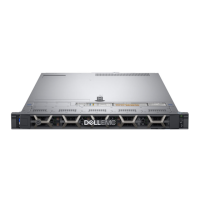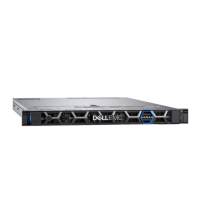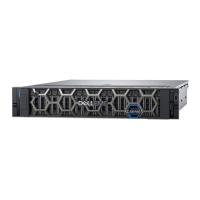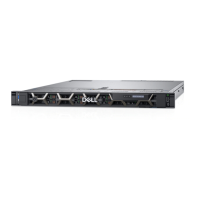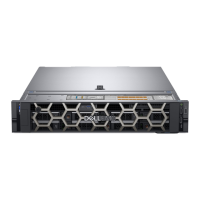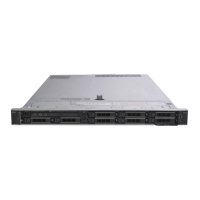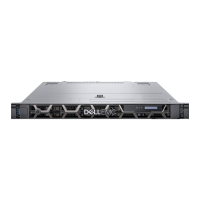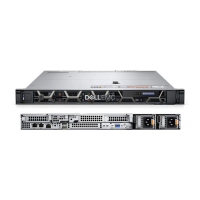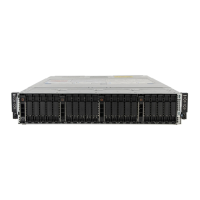Table 3 Caching modes (continued)
Mode Description Considerations Default Setting
commences in VxFlex OS. Once the rebuild is
over, the caching disk can be replaced, all
caching has stopped in the storage pool, and
the HDD members in the storage pool can be
cleared of errors.
XCache XCache accelerates the
performance of PHP on
servers
l
XCache device (flash device) can be
partitioned only over Linux
l
SDS device can't be partitioned at all if you
want to accelerate it by the XCache module
l
SDS device as a file (over file system) also
can't be accelerated by the XCache module
l
If you are running Linux and try to accelerate
an SDS device by a partitioned flash device,
it should work
The following table illustrates the caching support matrix:
Table 4 Caching support matrix
System RFcache RMcache DAS Cache CacheCad
e
VxFlex OS Yes Yes
VxFlex Ready Node PowerEdge
13G servers
Yes Yes Yes
VxFlex Ready Node PowerEdge
14G servers
Yes Yes
VxRack Node 100 Series Yes Yes Yes
Networking
In VxFlex OS, inter-node communication (for the purposes of managing data locations,
rebuild and rebalance, and for application access to stored data) can be done on one
IP network, or on separate IP networks. VLANS are also supported. Management (via
any of the management interfaces) can be done in the following ways:
l
Via a separate network with access to the other VxFlex OS components
l
On the same network
These options can be configured during deployment, using the deployment wizard.
Note:
AMS running on a VM hosted on ESXi servers must use the vmxnet3 vmnic.
Use of the e1000 vmnic is not supported, and causes network failures.
Architecture
40 Dell EMC VxFlex Ready Node AMS User Guide

